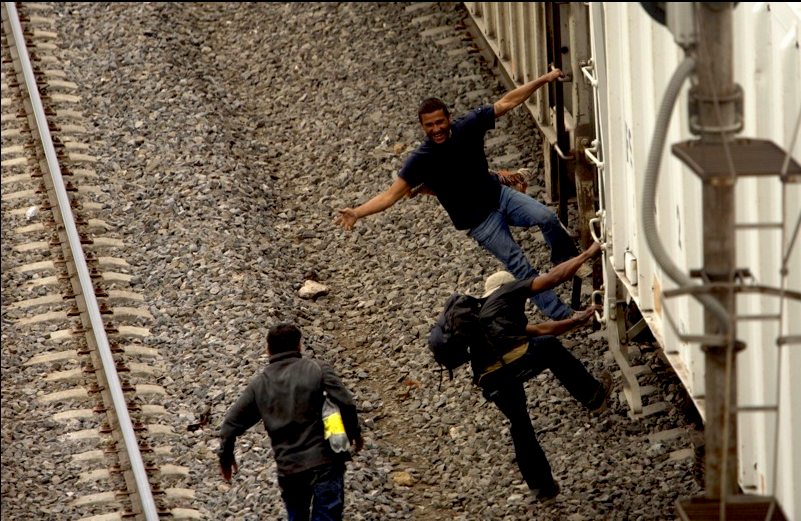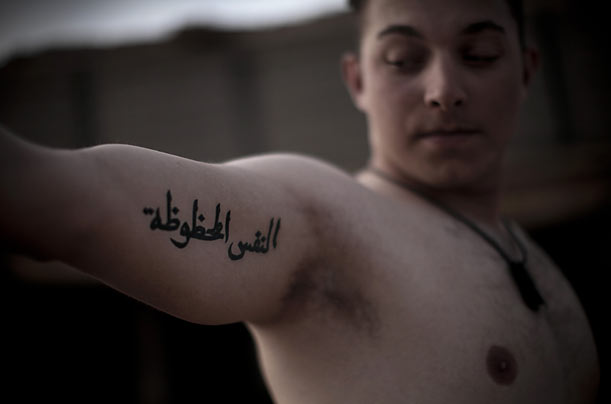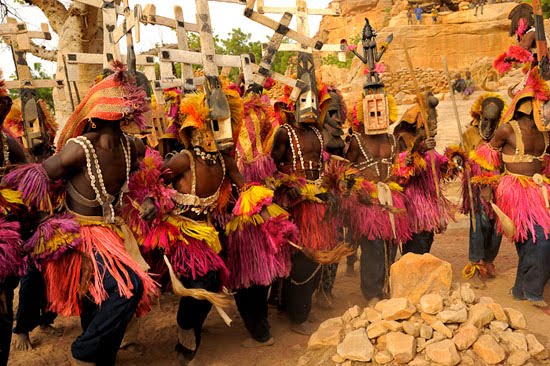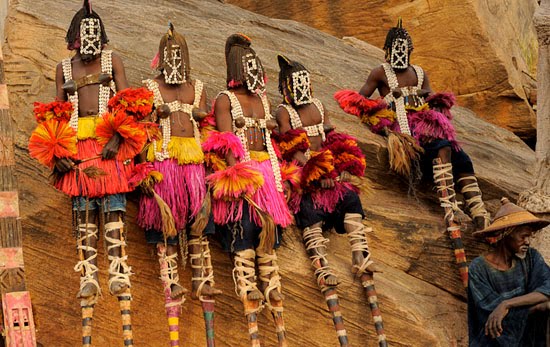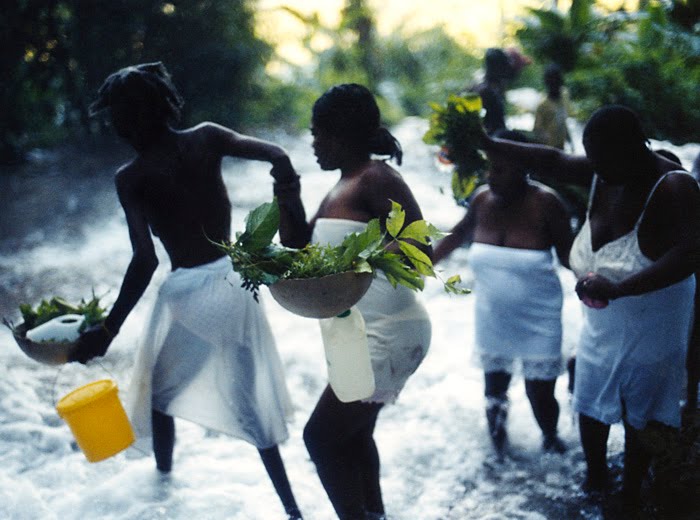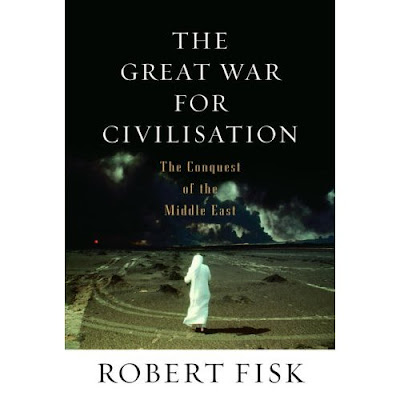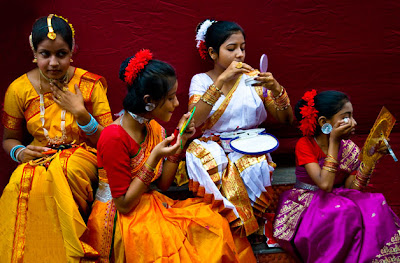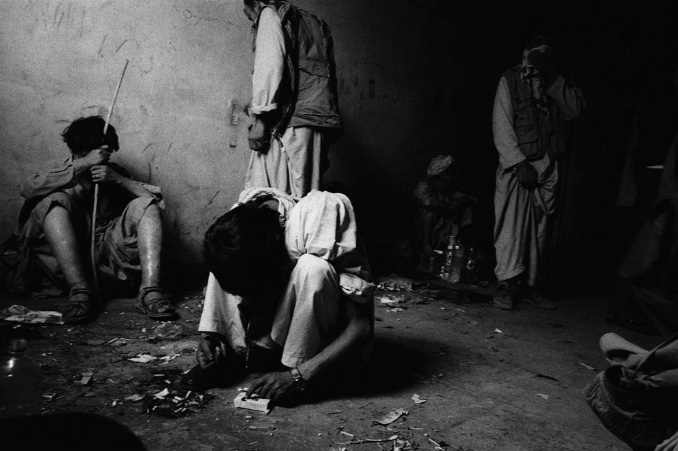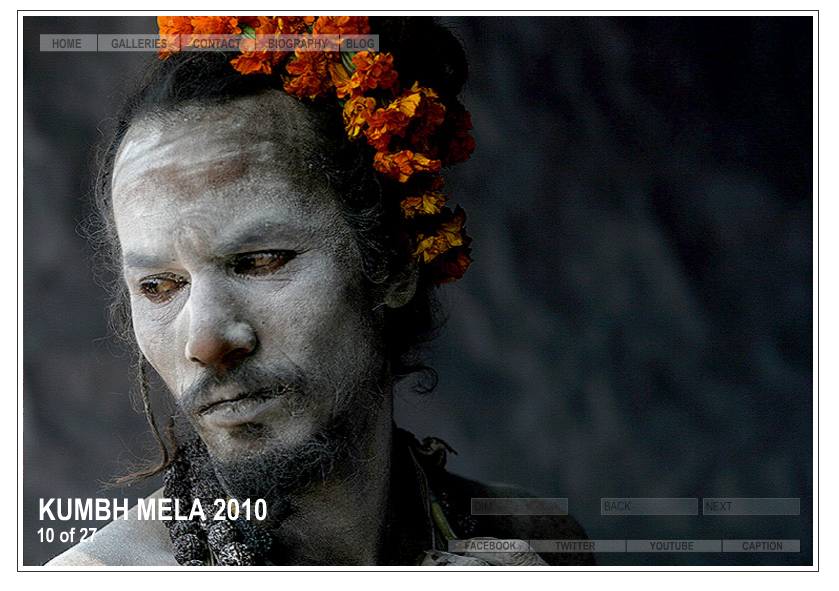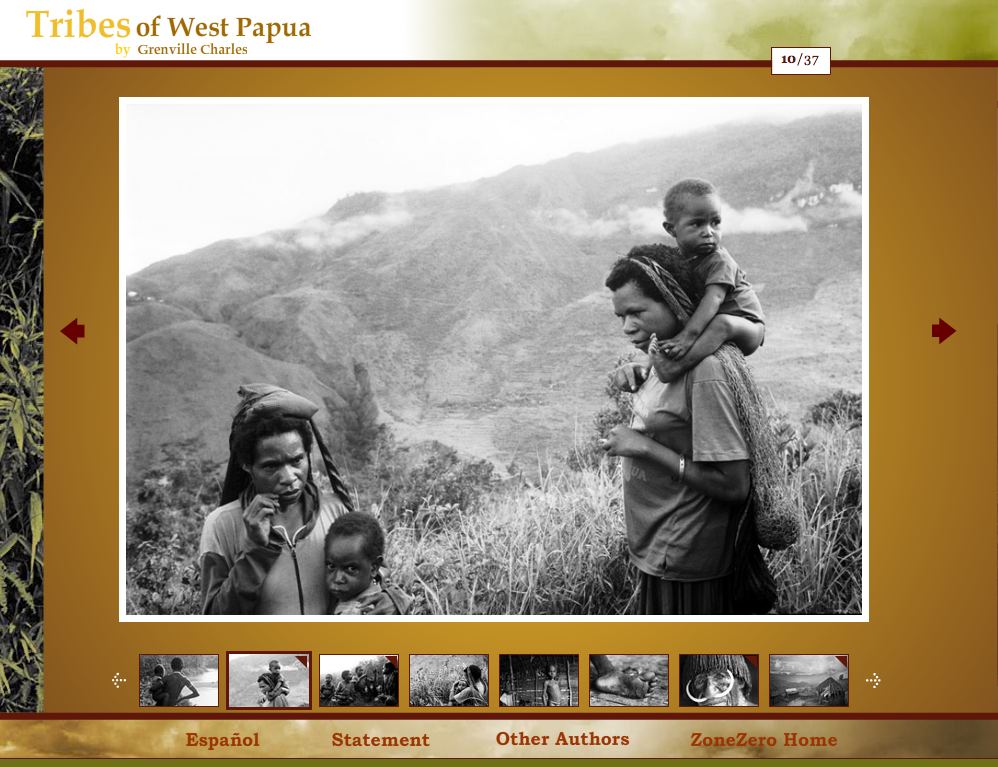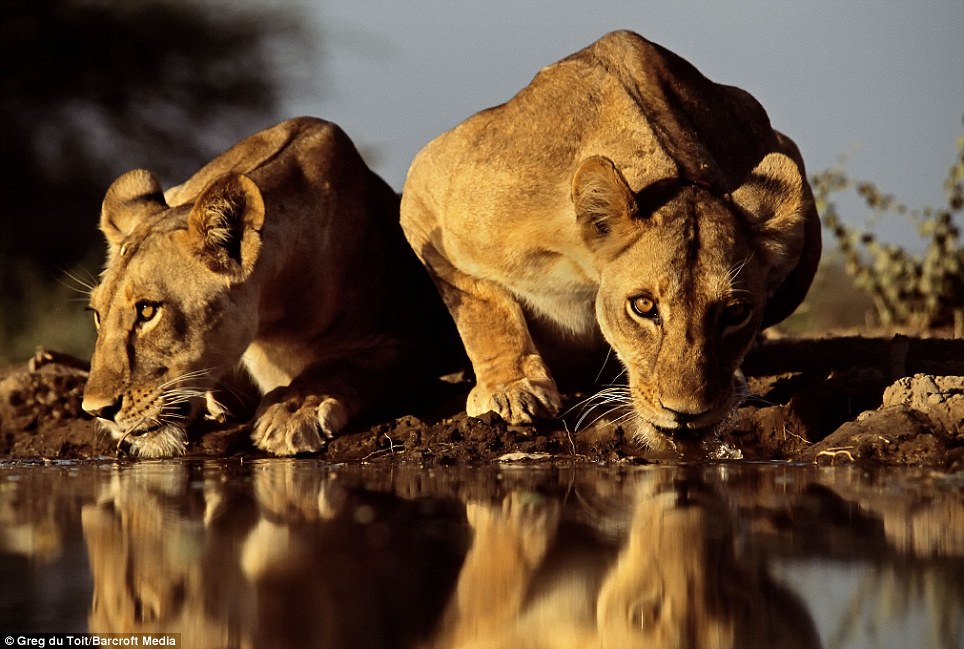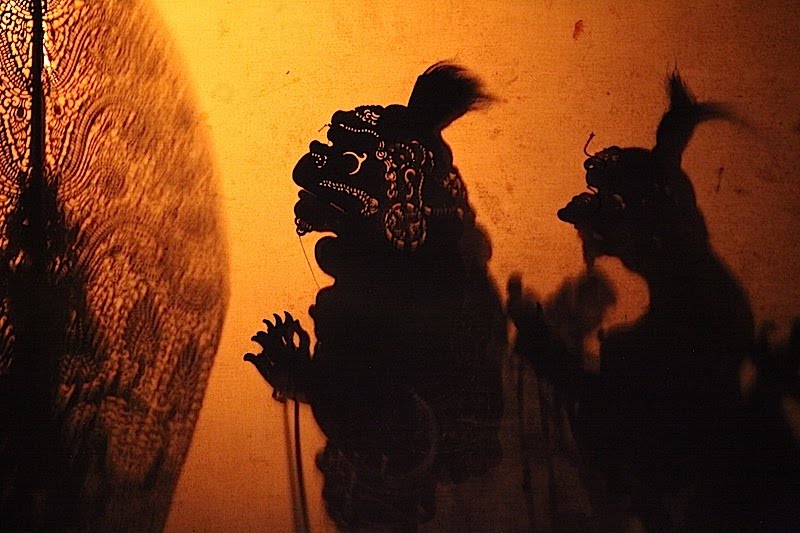 Photo © Tewfic El-Sawy-All Rights Reserved
Photo © Tewfic El-Sawy-All Rights ReservedSpending more than 16 hours in flights from Denpasar to London, with a 4 hours stop-over through Bangkok, provided more than enough time to draft the verdict on the
Bali: Island of Odalan Photo~Expedition™ which took place from August 1 to August 15.
But first, on the the subject of airports, I can't emphasize enough the enormous disparity between Bangkok's Suvarnabhumi Airport with its glitzy pulsating shopping mall atmosphere, cleanliness, efficient service and varied restaurants, and Heathrow's crappy, faded and outdated (and in some places, downright dirty) Terminal 3. It was if I had flown from 2010 back to 1963, and landed in North Korea. Well, I'm exaggerating a little perhaps, but you get my drift.
The expedition consisted of 9 photographers, and was the last I led/organized with so many members. I must also say that having this large a group wasn't an issue whatsoever on this photo~expedition. I think that is because we stayed in one hotel all through the two weeks of the workshop/expedition, we had two vans that drove us wherever we wanted so we were not cooped together for long drives, and the temple anniversaries were in many cases sufficiently varied to provide everyone enough visual latitude to photograph away from the others. So I may reconsider the self-imposed maximum group size should I decide for another Bali photo expedition.
The 9 photographers wanted nothing else but to photograph the island’s cultural and religious rituals as much as possible. Its timing was perfectly chosen as it coincided with innumerable temple anniversaries all over Bali, along with ancillary events (some serendipitous, others not) such as cock fights and cremations. While there was no fixed itinerary per se, our drivers/fixers knew the schedule of the
odalan ceremonies, and we were there with our cameras at the ready. Were we always at the right time at the right place? No, not always...but we only experienced one or two wipe-outs (as I call them) because we got there too late, or a day too early.
Having said that, I realized that I was pushing the group too much when we photographed a village cremation from morning to early afternoon, then photographed a lengthy religious ceremony in the evening. Most of the members of the group were so exhausted that we had to call it quits earlier than planned and return home, and this prompted me to schedule a day free of photography to rest, and to regroup...since we were in danger of a burn-out.
I believe each participant returned home with no less than 250gb of images in hard drives. I certainly did.
Our accommodations were at the Agung Raka Bungalows in Ubud, as in 2007. The setting is in the midst of rice fields, and its bungalows are built in traditional Balinese style, with thatched roofs and wooden interiors. The bungalows are really starting to show their age, however the owners have started to add new facilities to the property, such as a restaurant and installed wi-fi (which only works within a certain perimeter). Competition is getting fierce amongst other hotels nearby, and I suspect much more upgrading will be needed if it wants to retain its clients...and I know I will look for alternatives if I decide on another Bali trip.
For our group, I had set up photo-shoots at the home/studio of a dance master, and at a private Wayang Kulit (shadow puppet) performance. The latter was a first for everyone, including me.
I found that having a short wide-angle zoom lens such as the 16-35mm (or 17-40), a 28-70mm and a long zoom lens such as the 70-200mm worked best for me. The latter proved useful when photographing the various Balinese dances, but for environmental portraiture and for general photography, the 28-70mm 2.8 did not leave my camera body. For lack of time, I haven't used the Panasonic GF1 at all during the trip. I had brought my elderly Canon 1D Mark II, which performed really well, however as I had only brought one battery and neglected (aka forgot) to bring the charger, it conked out mid way through the trip.
The group's dynamics worked very well, both during photo shoots and elsewhere. There was ample space during ceremonies, whether in temples or on beaches, that clusters were the exception rather than the norm. During the more space-restricted photo shoots at the dance school and the shadow puppet, everyone was mindful of each other.
My most exhilarating experiences were many; photographing a cock-fight with cacophonous gamblers trying to outbid one another, attending a lengthy village cremation for 6 people, a village temple
odalan where a number of animal sacrifices occurred, attending a private wedding, and meeting a countless number of Balinese who just overwhelmed us with their smiles, grace, hospitality and generosity.
My overall grade for the photo~expedition hovers around A-, and I believe this grade is shared by other group members as well. I'm glad it turned out so well, especially as it had been sold out for months.


